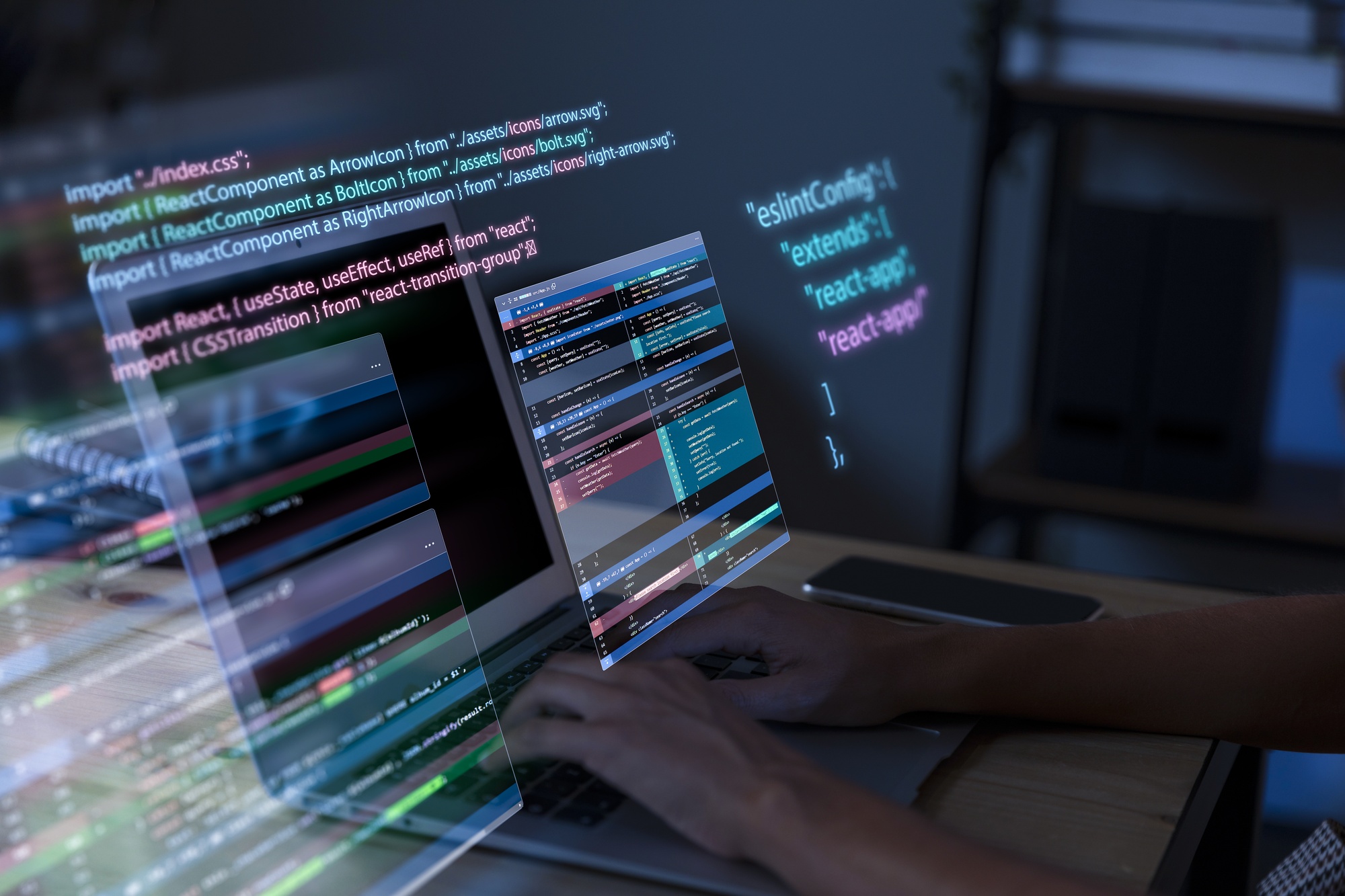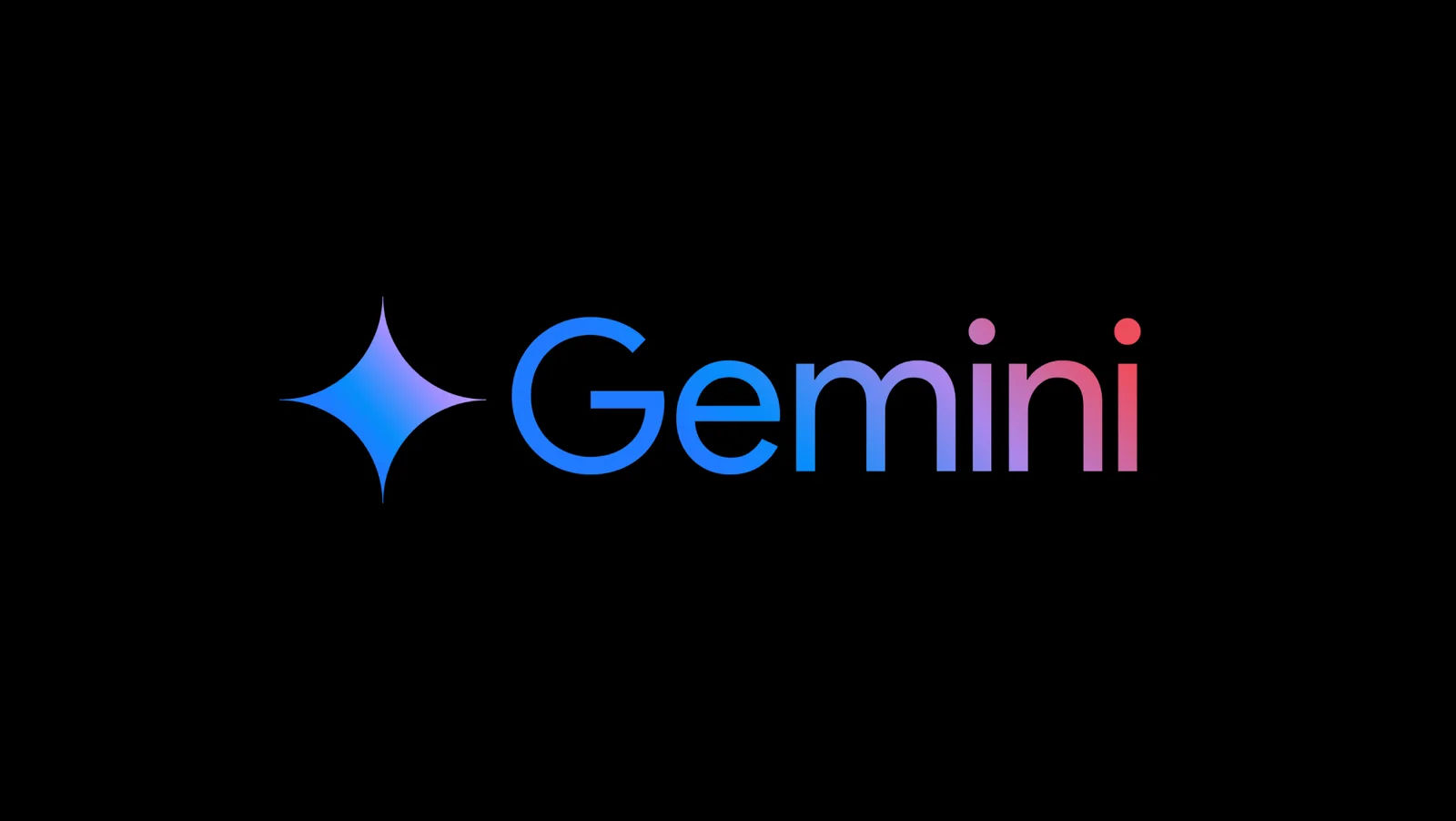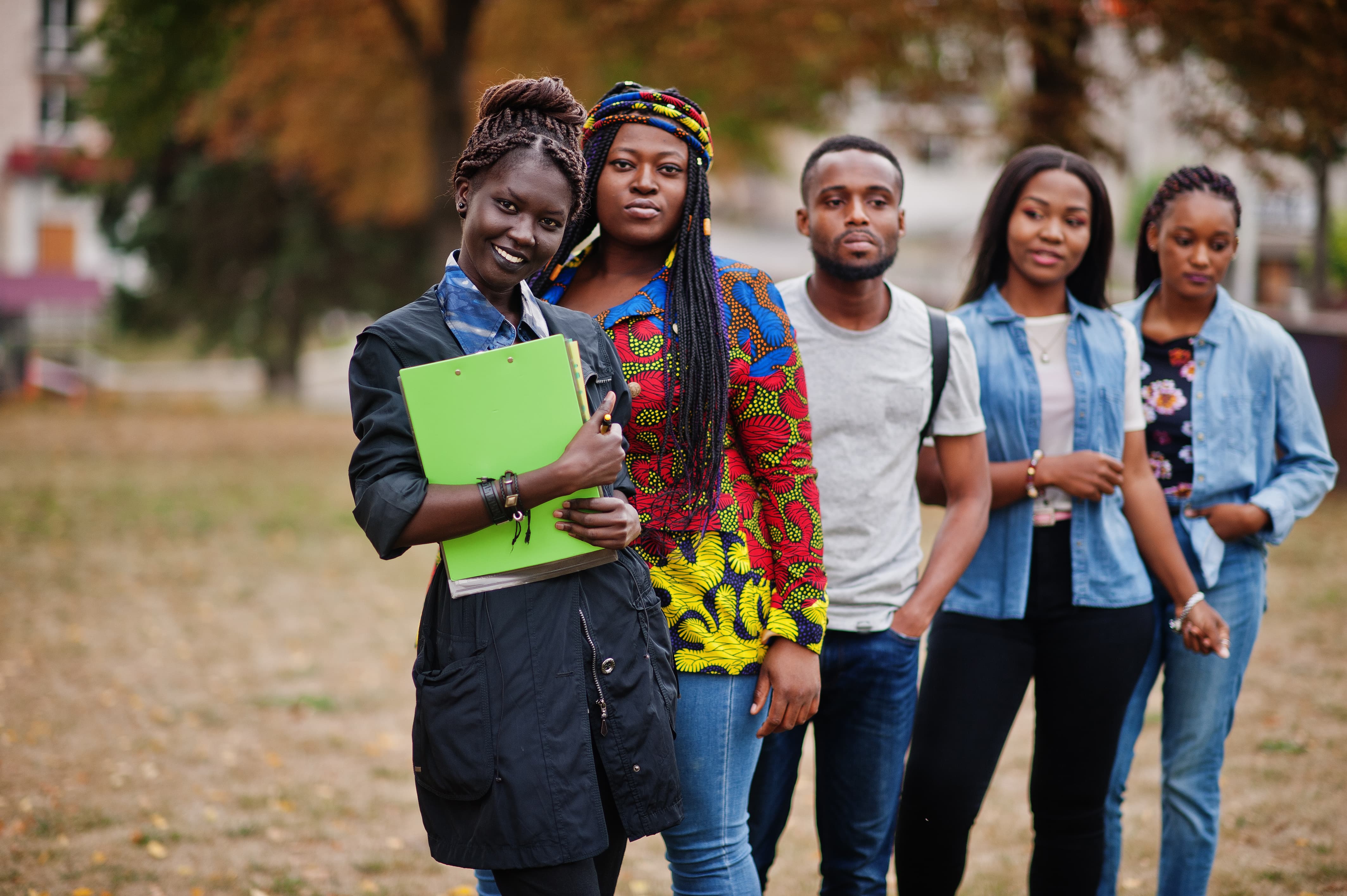A collaboration between OpenAI, Oracle, and SoftBank has announced five new data centres under the Stargate initiative, a $500 billion plan to expand US AI computing infrastructure.
The latest sites bring total planned capacity to nearly 7 gigawatts, with over $400 billion already committed, putting the project ahead of schedule to meet its 2025 target of 10 gigawatts.
Oracle will lead three projects in Texas, New Mexico and the Midwest, adding over 5.5 gigawatts of capacity and creating more than 25,000 jobs.
SoftBank will develop facilities in Ohio and Texas, expected to scale to 1.5 gigawatts within 18 months. SB Energy, its affiliate, will provide rapid-build infrastructure for the Texas site.
The companies described the expansion as a step toward faster deployment and greater cost efficiency, making high-performance computing more widely accessible.
Site selection followed a nationwide review of more than 300 proposals, with further projects under evaluation, suggesting investment could surpass the original commitment.
OpenAI CEO Sam Altman stressed that compute power is key to unlocking AI’s promise, while Oracle and SoftBank leaders highlighted scalable infrastructure and energy expertise as central to the initiative. With Stargate, the partners aim to anchor the next wave of AI innovation on US soil.
Would you like to learn more about AI, tech and digital diplomacy? If so, ask our Diplo chatbot!










